 Pine Bluff Lynching Article
Pine Bluff Lynching Article
Time Period: Post-Reconstruction through the Gilded Age (1875 - 1900)
 Pine Bluff Lynching Article
Pine Bluff Lynching Article
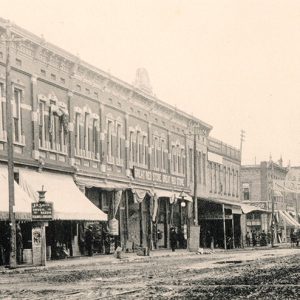 Pine Bluff Street Scene
Pine Bluff Street Scene
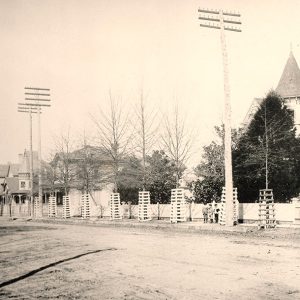 Pine Bluff Street Scene
Pine Bluff Street Scene
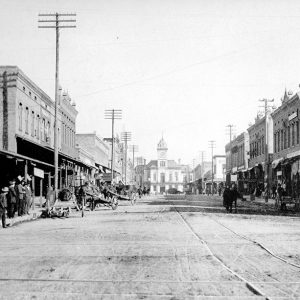 Pine Bluff Street Scene
Pine Bluff Street Scene
Pine Ridge Community Cemetery
Pittman, Jennie Carr
Pleasant Hill United Methodist Church (Saline County)
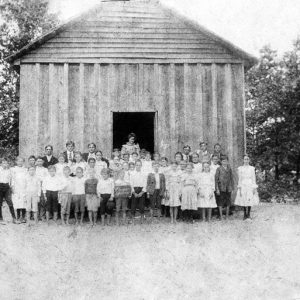 Pleasant Springs School
Pleasant Springs School
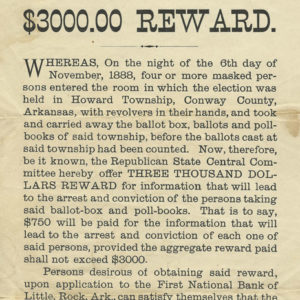 Plumerville Conflict Reward Poster
Plumerville Conflict Reward Poster
Plumerville Conflict of 1886–1892
 Poindexter Article
Poindexter Article
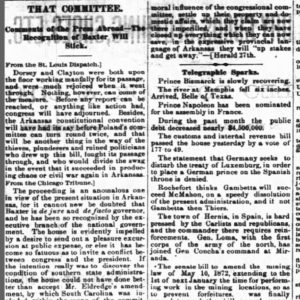 Poland Committee Article
Poland Committee Article
Polk Brothers (Lynching of)
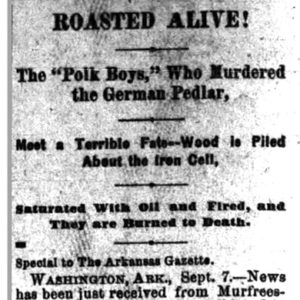 Polk Brothers Lynching Article
Polk Brothers Lynching Article
Polk County Race War of 1896
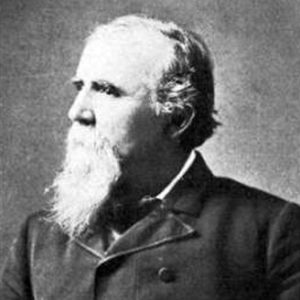 Lucius Polk
Lucius Polk
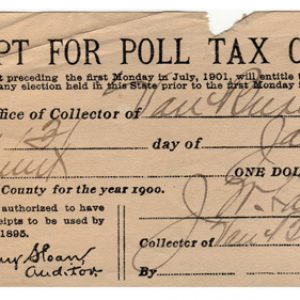 Poll Tax Receipt
Poll Tax Receipt
Poll Tax
Populist Movement
aka: People's Party
aka: Populism
 Portia Bay
Portia Bay
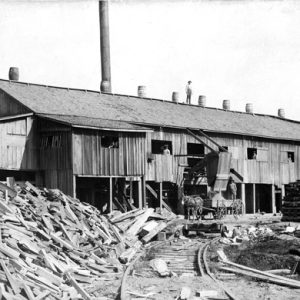 Portia Lumber Company
Portia Lumber Company
 Post Office Naming
Post Office Naming
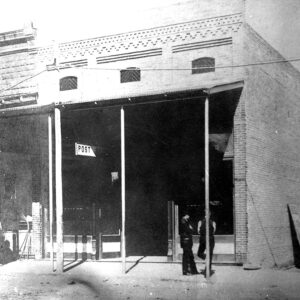 Post Office, 1890s
Post Office, 1890s
Post-Reconstruction through the Gilded Age, 1875 through 1900
Postoak, John (Execution of)
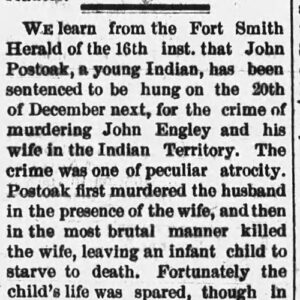 John Postoak Execution Article
John Postoak Execution Article
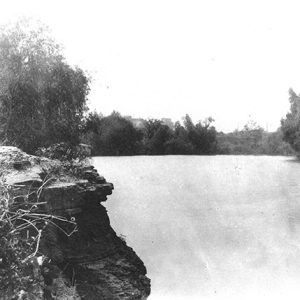 Poteau River
Poteau River
Powhatan Courthouse
 Powhatan Courthouse
Powhatan Courthouse
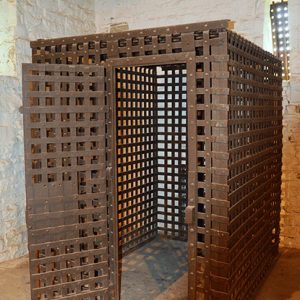 Powhatan Jail Cell
Powhatan Jail Cell
Powhatan Methodist Church
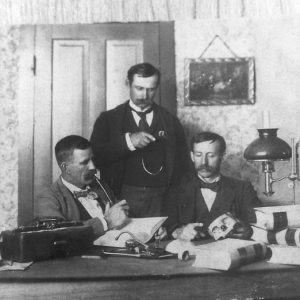 Prairie Grove Physicians
Prairie Grove Physicians
 Presbyterian Church
Presbyterian Church
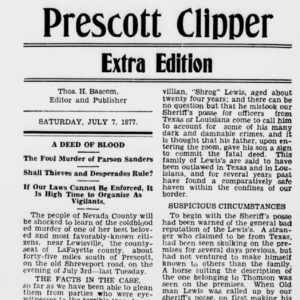 Prescott Clipper
Prescott Clipper
 Pulaski County Jail
Pulaski County Jail
 Pulaski County Lynching Article
Pulaski County Lynching Article
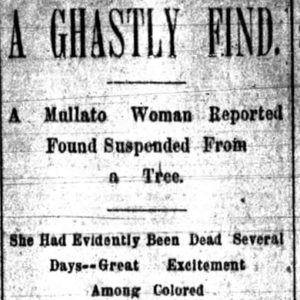 Pulaski County Lynching Article
Pulaski County Lynching Article
Pulaski County Lynching of 1894
Pulaski County Reported Lynching of 1889
 Quesenbury Caricature
Quesenbury Caricature
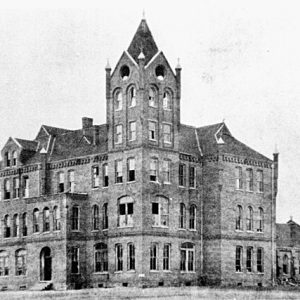 Quitman Male and Female College
Quitman Male and Female College
Quitman Male and Female College
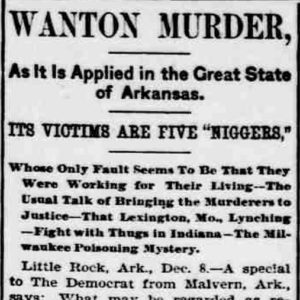 Race Riot Article
Race Riot Article
 "Race War in Arkansas"
"Race War in Arkansas"
 Racial Strife Article
Racial Strife Article
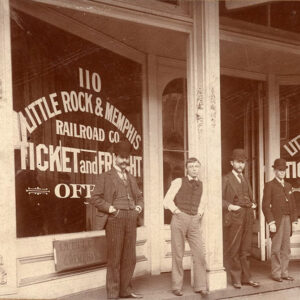 Railroad Ticket Office
Railroad Ticket Office
Ramsey, Dave (Lynching of)
Randolph, John (Lynching of)
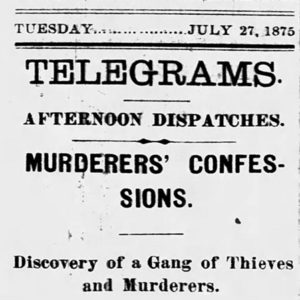 John Randolph Lynching Article
John Randolph Lynching Article
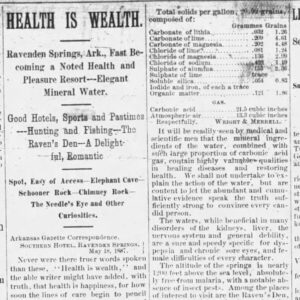 Ravenden Springs Health Article
Ravenden Springs Health Article




